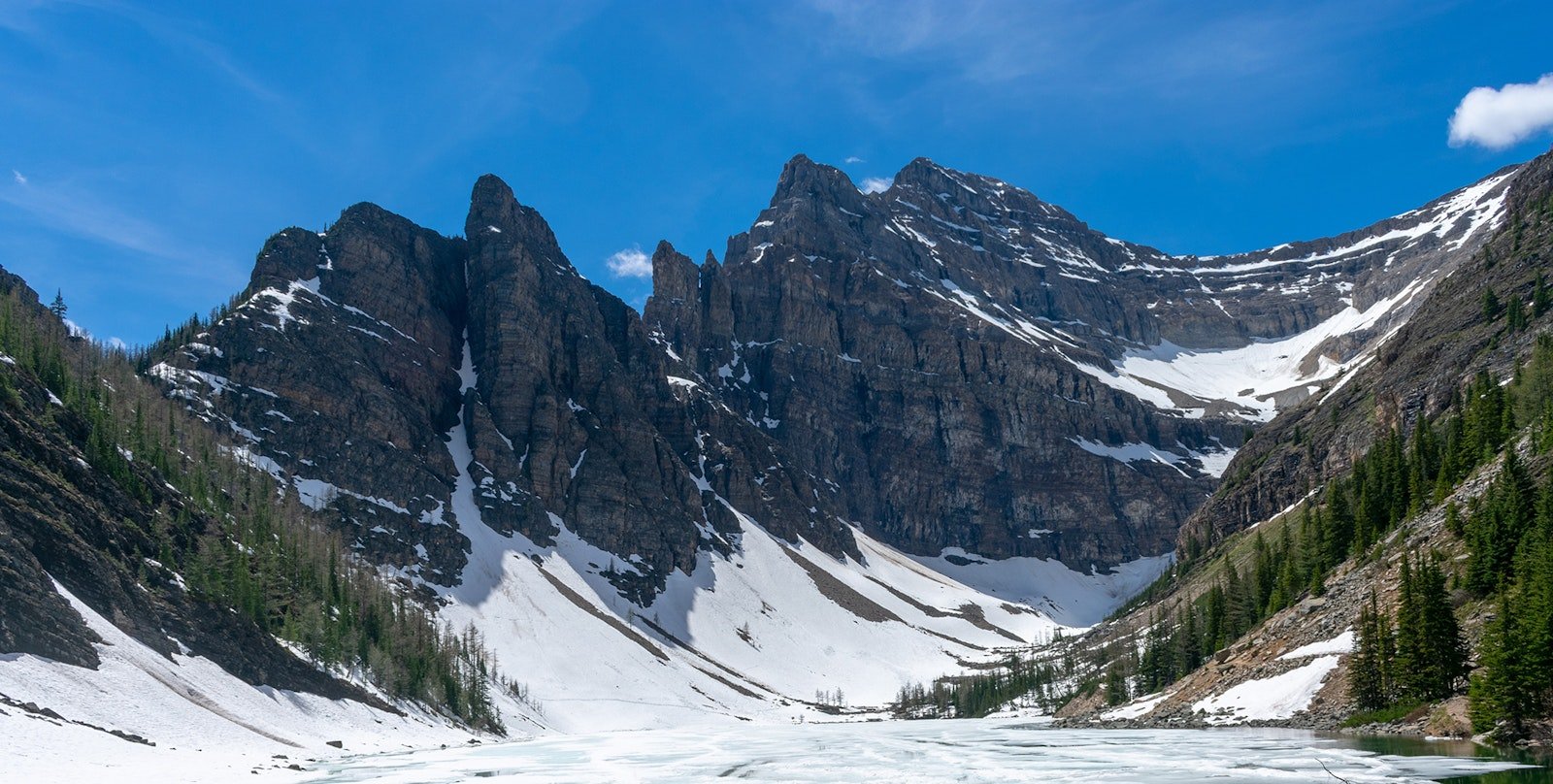As temperatures warm in Norway, ice and glaciers are melting that have been frozen for centuries. As a result, archaeologists have discovered a treasure trove of ancient artifacts that were previously trapped in or below the ice. Along with arrow tips, tent pegs, and various hunting tools, textiles have also been found, including an iron age tunic.
Known as the Lendbreen tunic (after the Lendbreen glacier where it was found) the tunic was made around 1,700 years ago. Examinations of the tunic show it was made from two different wool fabrics, both woven in a diamond twill.
The cloth shows signs of wear and tear, including a number of patches leading archaeologists to believe there were multiple owners of the tunic before it was abandoned. The tunic has no buttons or fasteners of any kind, so it was made to be pulled over the head and worn like a sweater. Based on its size, it was probably worn by a slender man around 5' 9".
Based on where the tunic was found and the artifacts found around it, archaeologists think the last owner of the tunic was probably hunting reindeer on the glacier. Hunters of the time period would set up tents on the glacier and would capture animals by chasing them into snowdrift traps using scare sticks (bundles of planks tied together to make a lot of noise).
So why did the owner abandon his tunic on a very cold glacier? We can't know for certain, but it's thought he probably suffered from hypothermia which can make the victims feel hot. (Of course, this is just a theory; there are many possible reasons the tunic may have been abandoned on the ice.)
As exciting as these finds are, they are also very delicate. While the ice preserved the tunic and the other textiles and objects for centuries, once the artifacts are exposed to air, decay begins immediately—and if the runoff from the melting ice touches the objects they can rot very quickly, especially in the case of ancient cloth.
Even with all of these preservation problems, skilled archaeologists and conservators have managed to preserve hundreds of objects including the tunic and at least fifty other cloth fragments. As time goes on, and more ice melts, revealing objects time forgotten by time, who knows what will be found?

